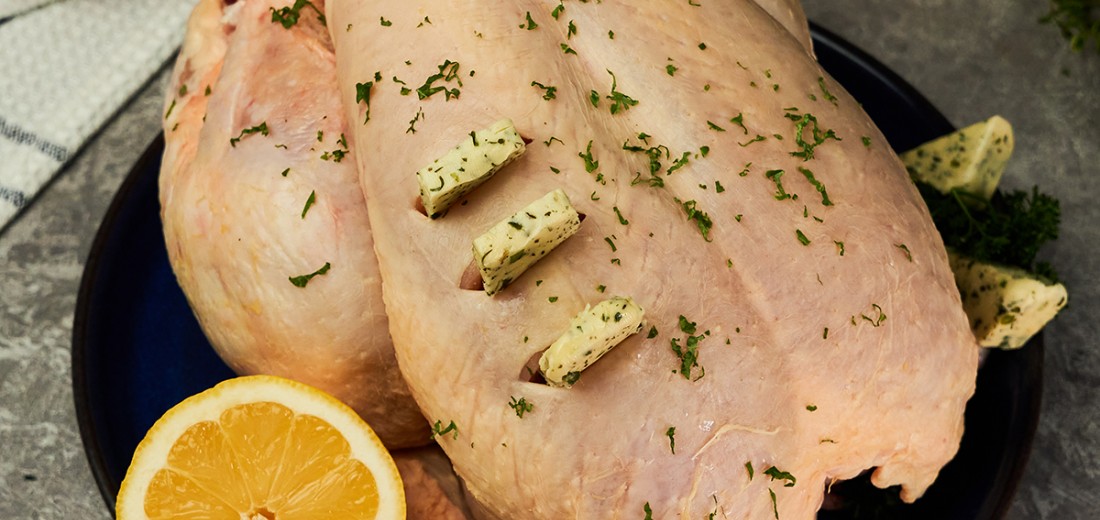
The task of carving the Sunday roast can be a daunting one. So, we’ve compiled some of our favourite tips to help you achieve the ultimate slice!
1. Let it Rest
This could be the most crucial step. When you remove the roast from the oven, resist the temptation to start carving right away. We believe that allowing your roast to rest after cooking is key. The heat causes the juices to rush to the centre of the roast, and resting allows those juices to redistribute throughout the meat. That will result in a moister, more flavourful roast.
2. Use the Right Tools
Proper tools can make a huge difference when carving. You'll want a high-quality carving knife with a long, sharp blade. A higher-quality knife will stay sharper longer, providing a better cut. A carving fork will also be helpful to stabilize the roast while you slice.
3. Choose Your Cut
The carving technique will depend on the type of roast you have. For a bone-in roast like beef rib roast, making a cut along the bone first to remove it will make the rest of the carving process far easier. For boneless roasts, you can start slicing right away.
4. Slice Against the Grain
Slicing against the grain, or perpendicular to the muscle fibres, makes the meat more tender to eat. It shortens the muscle fibres, which means your teeth don't have to do as much work.
5. Food Safety
Good food safety practices are always of paramount importance when cooking meat. Always start with clean tools and surfaces. This means thoroughly washing your carving knife, fork, and cutting board before use, and ideally, between carving different types of meat to prevent cross-contamination.
Don’t forget to handle leftovers properly. Store them in the fridge within two hours of cooking, and consume them within three to four days. By following these steps, you can ensure your perfect roast is perfectly safe.
